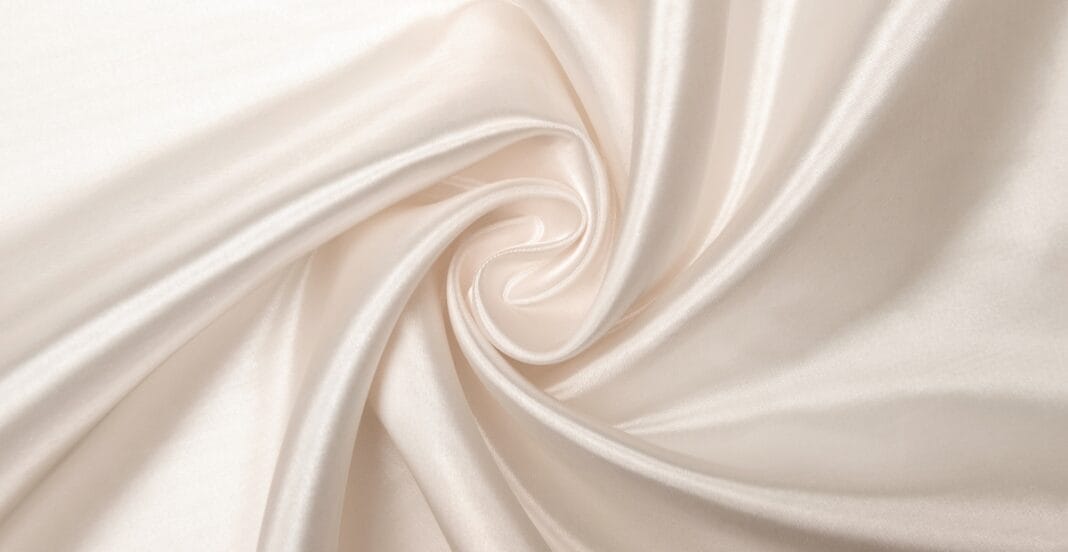Very few textiles can compare to the sheer elegance of silk organza fabric in the realm of fashion. This luxurious fabric remains a favorite of designers and lovers of fashion due to its sheer texture and crisp structure. Organza silk is timeless, having been used in high-end gowns and bridal veils where it enhances the piece with an ethereal elegance.
What exactly is silk organza fabric? As a favorite of stylists and creators, what makes it so? In this article, we dive into the history, characteristics, applications, and the stunning impact this fabric has had on fashion.
Table of contents
- Understanding Silk Organza Fabric
- The History Of Silk Organza
- Importance of Silk Organza
- Comparison of Silk Organza and Other Fabrics
- Fashion Items Created with Silk Organza Fabric
- Why Designers Love Working With Silk Organza
- Styling Tips for Wearing Silk Organza
- Various Shades and Designs of Silk Organza
- Tips for Sewing Silk Organza Fabric
- Taking Care of Silk Organza Fabric
- Strengths and Weaknesses of Silk Organza Fabric
- Silk Organza in Haute Couture
- Eco-Friendly Silk Organza Options
- Silk Organza in Interior and Decorative Use
- Conclusion
- FAQs
Understanding Silk Organza Fabric
Silk organza is a lightweight, sheer textile composed of silkworm’s silk threads. It is popular due to its transparent look and stiff drape. Unlike chiffon, which is soft and flowing, silk organza is more structured.
However fragile it may seem, silk organza is surprisingly resilient. It has a smooth yet structured feel to it. The balance of elegance and strength makes it ideal for numerous fashion styles.
With silk organza, unbleached silk yarns are woven in plain weave, which is common for this fabric. The yarns are twisted before weaving which results in a crisp finish. A tight weave adds to the durability while keeping the fabric light.
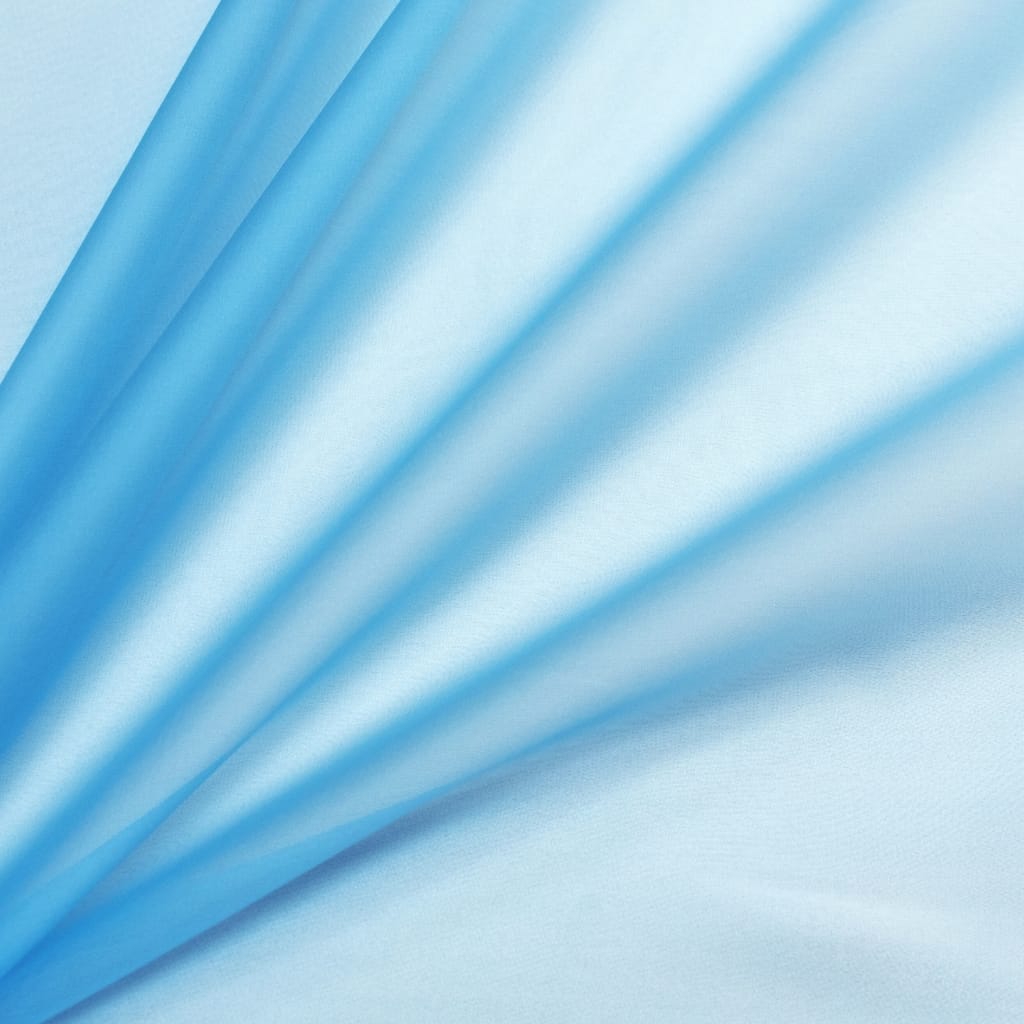
The History Of Silk Organza
Many think the silk organza’s origins can be traced back to China, where it formed during the time of the Silk Road. It then spread to India and made its way to Europe. For centuries, royal families adored its use in veils, robes and other intricate court garments.
These days, China, India, and Italy are known for their high quality silk organza. Each region is known for its unique weaving style and finish, maintaining the elegance that makes this fabric iconic.
Importance of Silk Organza
Every movement with silk organza is accompanied by a breathtaking glow while the fabric catches the light, making it feel weightless and graceful.
The texture of the organza is dry and crisp. While silk is slippery, and tulle fluffy, silk organza is firm, airy, and almost as light as paper.
Silk organza adds no bulk while folding or layering, and since it holds pleats and shapes well, it is perfect for darted designs and voluminous dresses.
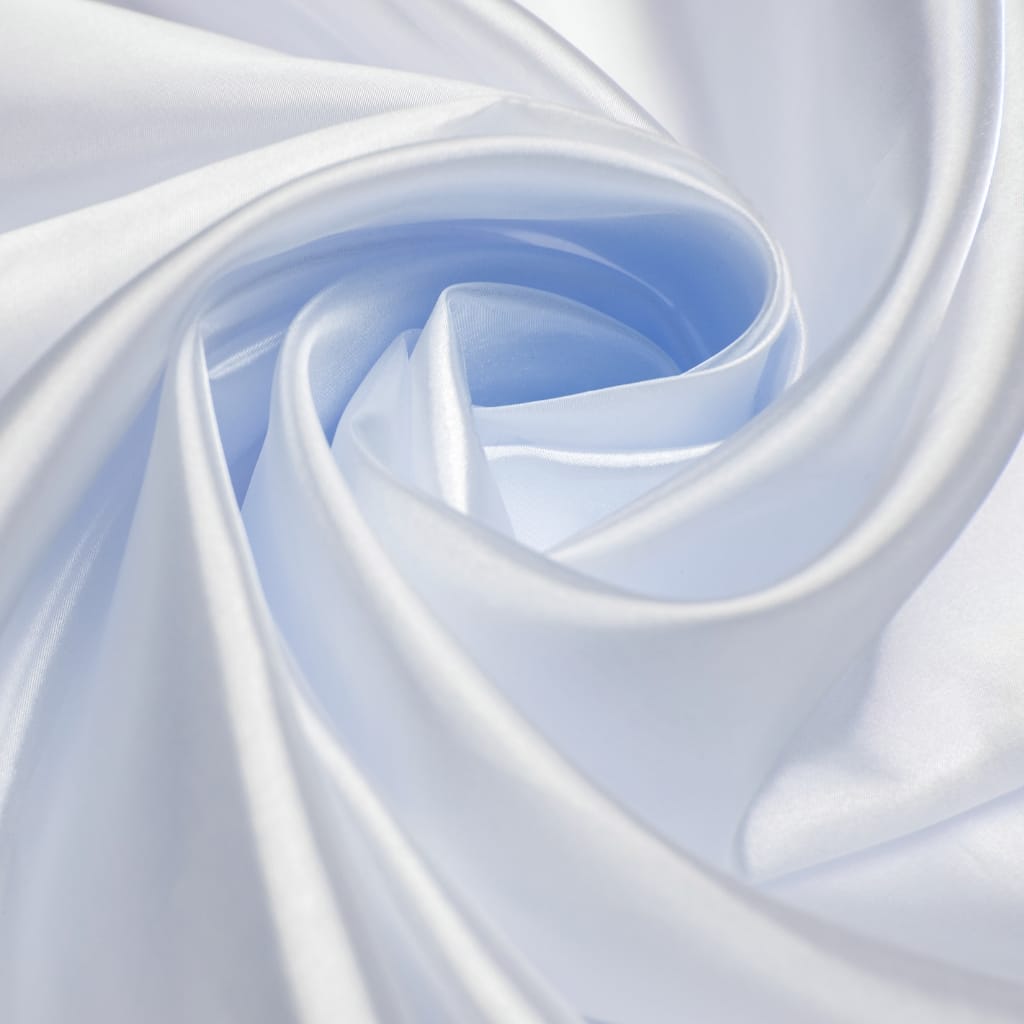
Comparison of Silk Organza and Other Fabrics
Organza is stiffer and more structured than silk chiffon. While chiffon flows softly, organza holds shape better. Though satin is shinier, it cannot compare to the breathability of organza.
Tulle is often used in wedding attire as well, but it is coarser. Silk organza is smoother and feels more luxurious with a refined touch.
To summarize, silk organza fabric combines the best attributes from both sides. It is tulle-like in its structure and silk in elegance, but more comfortable and breathable.
Fashion Items Created with Silk Organza Fabric
You can find silk organza all over fashion, from formalwear to bridal pieces, and even contemporary ready-to-wear pieces. It is cherished by designers for its adaptability.
Bridalwear
Silk organza is a bride’s dream fabric. For gowns, veils, sleeves, and even overlays, silk organza is perfect. It adds volume without weight. When layered, it transforms into a soft cloud.
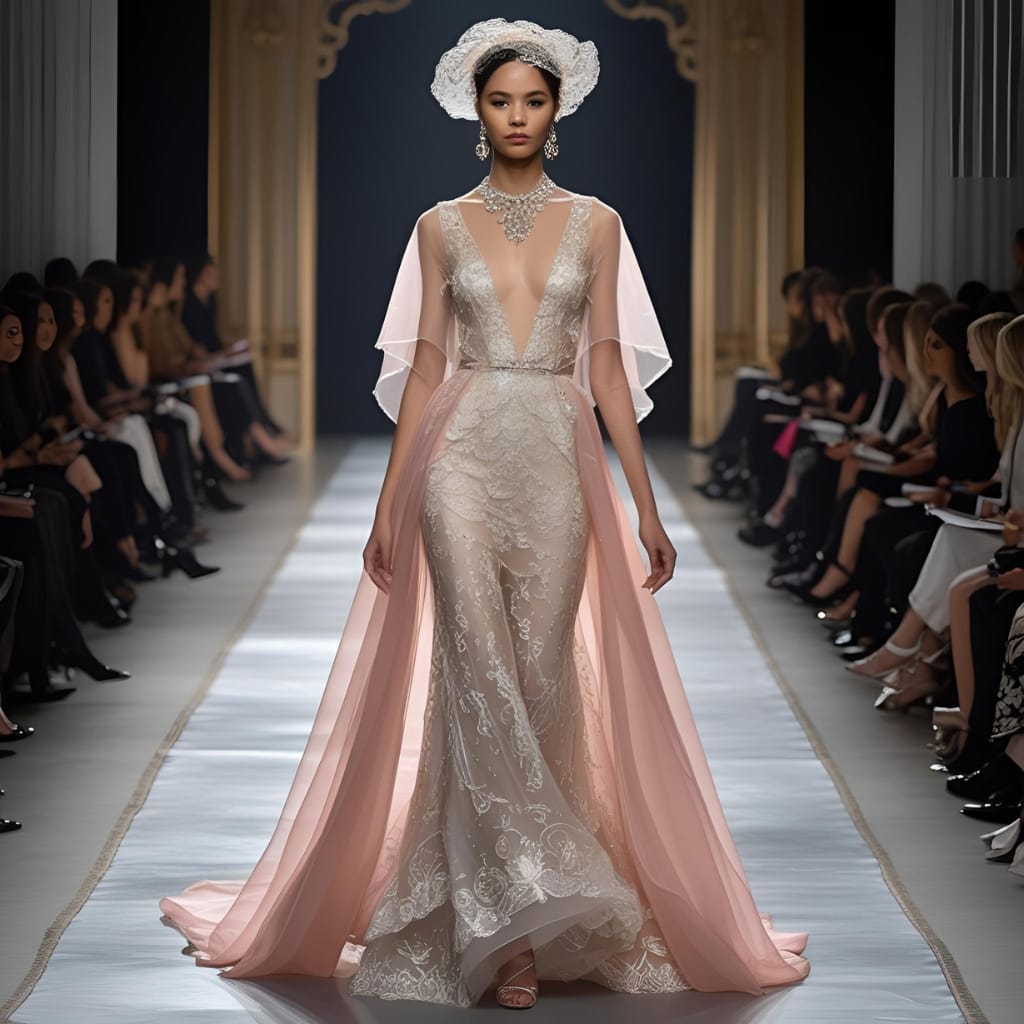
Evening Gowns
Couture designers adore silk organza for sophisticated garments. Its stiff, sheer quality helps create dramatic shape. At the same time, it keeps the garment light and easy to wear.
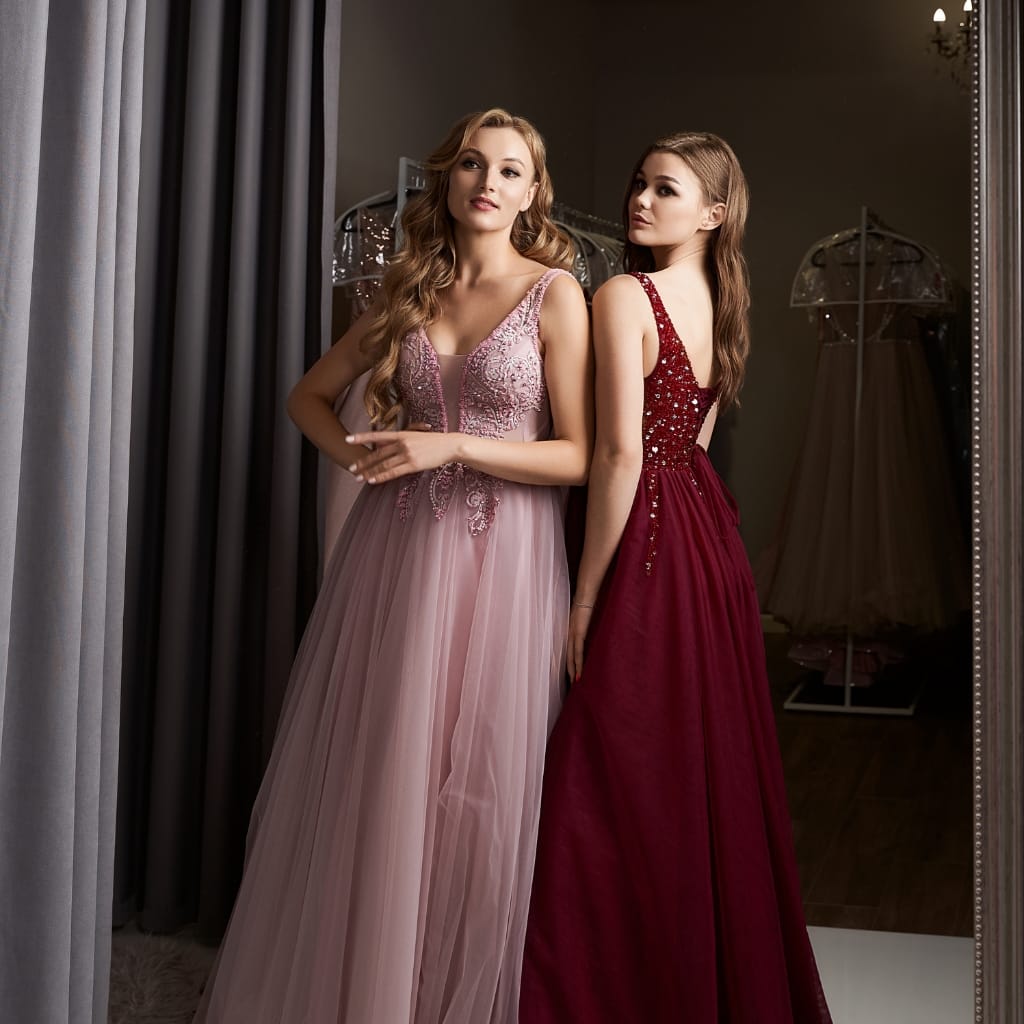
Runway Fashion
Silk organza is frequently featured on runways. Why? Because the fabric comes alive under lights and moves beautifully. It also has the ability to hold sculptural folds that forms bold and striking silhouettes.
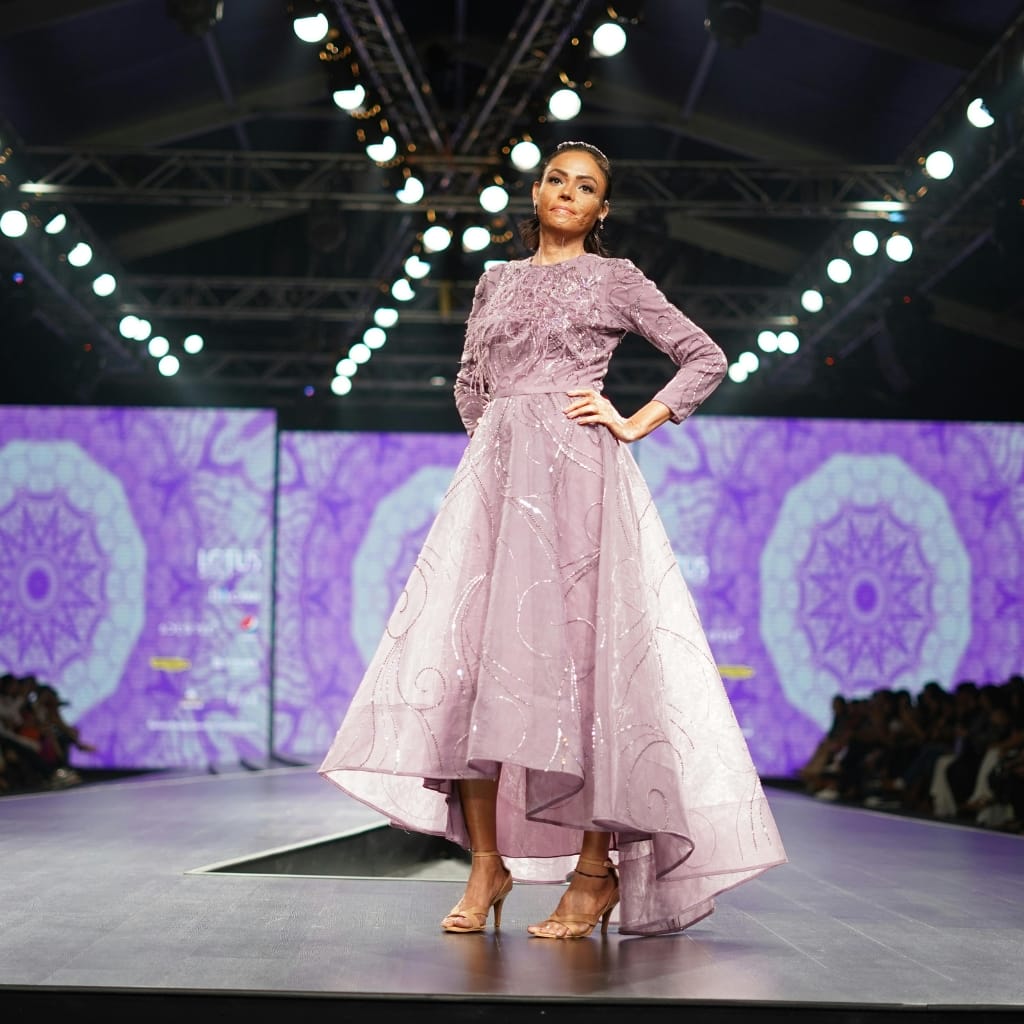
Accessories
Silk organza is also used by designers on scarves, wraps, bows, and even handbags. These garments and additional pieces of fashion exemplify how versatile silk organza can be.
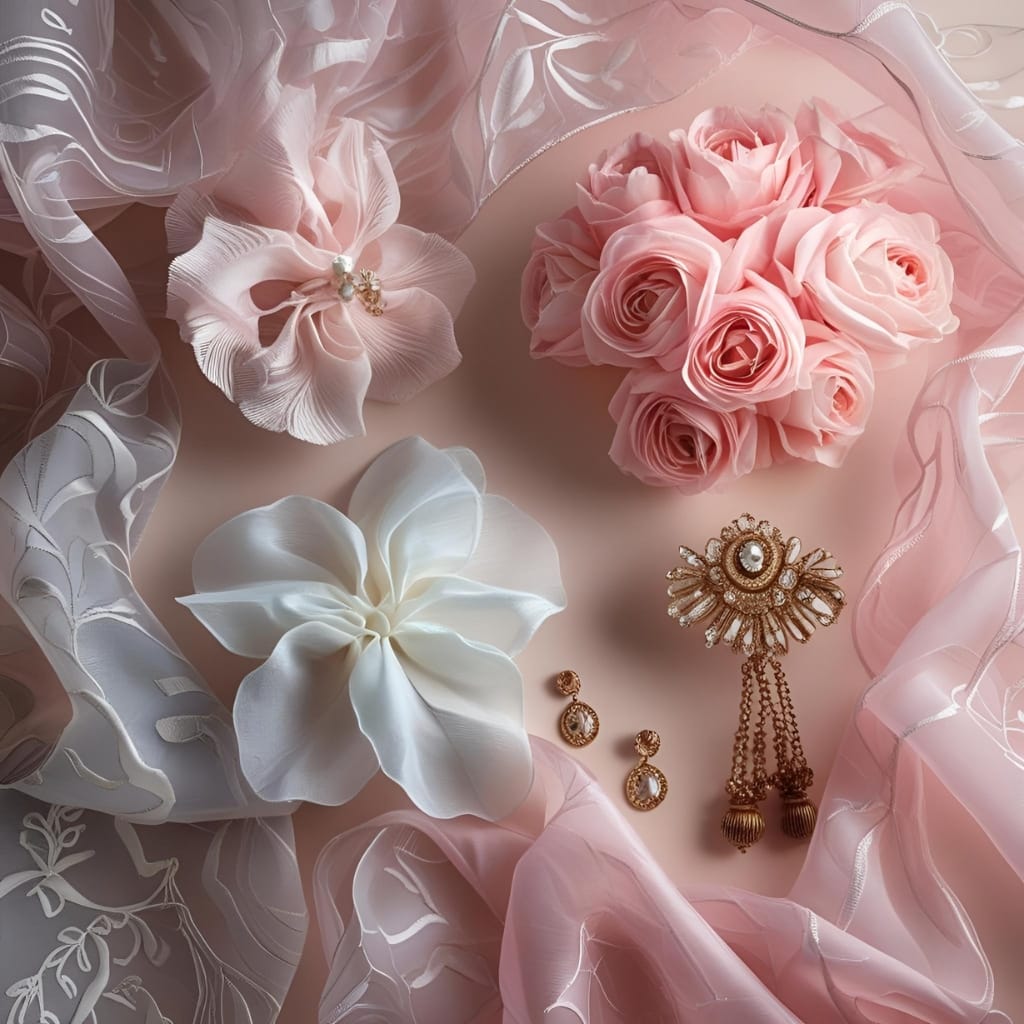
Why Designers Love Working With Silk Organza
The favorite characteristic of designers when it comes to silk organza is its workability. It can be pleated, ruffled, layered, or even embroidered on. There is much ease and freedom with this fabric without losing style.
Another reason is its lightweight. Even in extravagant volumes, the garment does not become heavy. This is ideal for flowing gowns, and intricate dresses meant for events.
Moreover, the fabric provides structure. It helps if the designer requires volume or sharp shapes because silk organza provides that. Its crisp hand gives them room to explore with patterns and drapes.
Styling Tips for Wearing Silk Organza
Wearing silk organza opens up many styling options. Whether you want to dress up or keep it low-key, this fabric will make it happen.
Layering is excellent with organza. You can wear it over a slip dress for a sheer look. To showcase the transparency, pair it with solid colored outfits.
Use it as a statement piece. A silk organza blouse with puff sleeves or ruffles can get attention instantly. For a balanced casual chic look, wear it with denim.
Use organza details like scarves, belts, or bows to accessorize. These details add interest while maintaining simplicity.
Various Shades and Designs of Silk Organza
You can find different shades of silk organza fabric. There are light pastels for the bridal gowns, bold prints for a daring look, and deep hues for evening wear.
Some fabrics have embroidery, sequins, or even beading. These accents highlight the silk’s understated elegance making it the perfect choice for weddings, galas, or even red carpet appearances.
The same goes for printed silk organzas. Florals bring out its beauty without being overpowering. Geometric patterns add a modern twist. They add life to this stunning fabric.
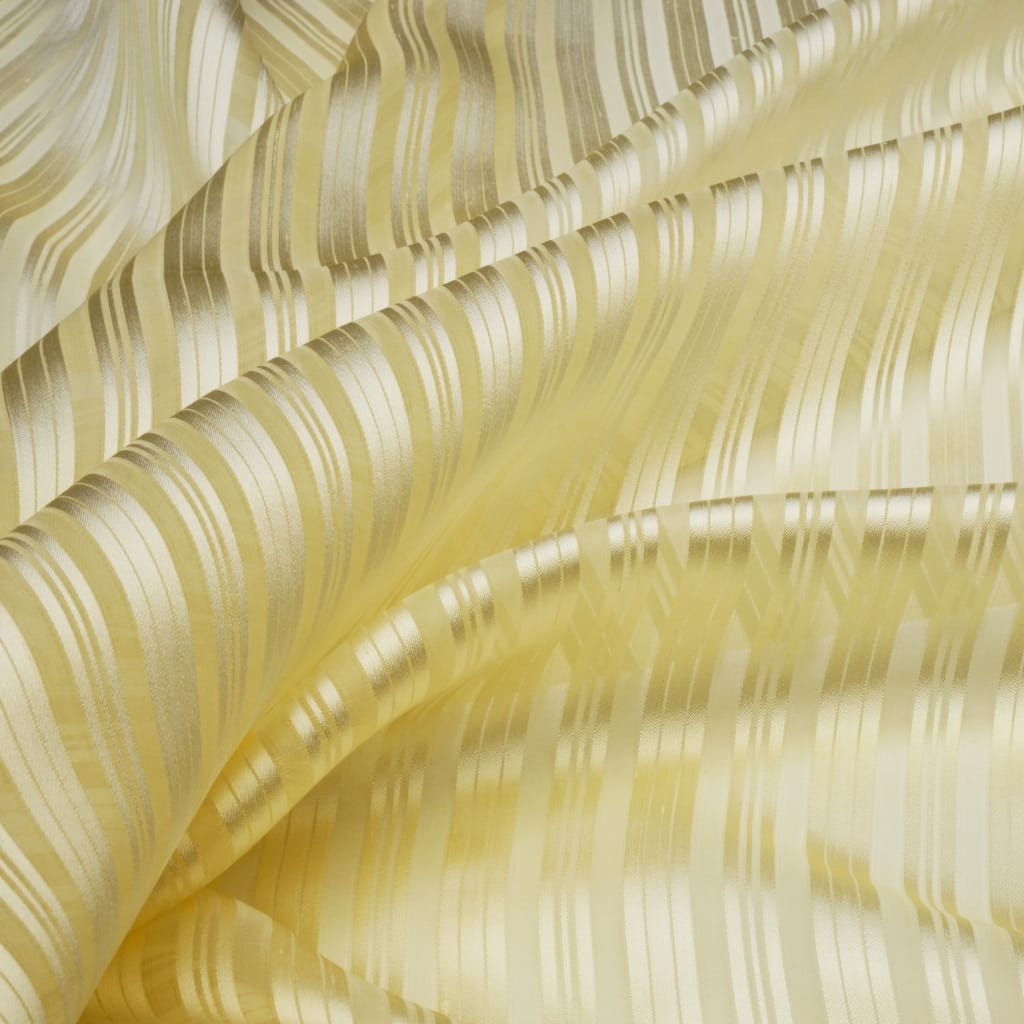
Tips for Sewing Silk Organza Fabric
Sewing silk organza is an intricate process that requires time and effort. The fabric’s frailty means it needs sharp tools to avoid damage and ensure precision.
Start with a fine needle, preferably size 60/8 or 70/10. Set your machine to a short and straight stitch. Don’t backstitch; it causes puckering, so finish off your threads with knots instead.
To cleanly finish a project, use French seams or narrow hems. While sewing, you can also stabilize the fabric with tissue paper.
Remember to test stitches on scrap pieces first. This builds confidence when sewing and prevents mistakes.
Taking Care of Silk Organza Fabric
Silk organza requires gentle washing, handwashing in cold water only, and never twisted or wrung out.
For drying, do not hang it in direct light. Instead, flat dry or hang lightly padded to prevent fading.
When ironing, use low heat from the back with a cloth barrier to the fabric to protect the shine silk sheen.
For dust-proof, breathable long-term storage, keep the garment in a breathable garment bag.
Strengths and Weaknesses of Silk Organza Fabric
Every fabric comes with sets of pros and cons. So does silk organza.
Pros add lightness, elegance, and structure. It adds flair and drama to every ensemble. It is also breathable and appropriate for hot weather.
Cons include the tendency to fray, along with wrinkling easily requiring gentle handling. With care, these downsides can be managed.
Silk organza’s challenges are few compared to its benefits which makes the effort worthwhile. It has maintained a position of prestige in the fashion industry.
Silk Organza in Haute Couture
They are major silk organza users in haute couture: Elie Saab, Chanel, and Dior. Organza seamlessly transforms from dresses to sculpted art pieces.
Its light and shadow playing abilities make it a favorite on the runway, as well as in modern streetwear.
Red carpet gowns loved by celebrities often feature organza adorned with sheer panels and puffed sleeves. It photographs beautifully, and the rich fabric moves gracefully.

Eco-Friendly Silk Organza Options
The rise in sustainable fashion has led brands to offer eco-friendly silk organza. Some versions incorporate ethically sourced silk or utilize low-impact dyeing methods.
Eco-organza alternatives are equally as beautiful. They have the same feel, but the eco-organza alternatives are more kind to the environment. You can wear beauty while also being environmentally conscious.
Silk Organza in Interior and Decorative Use
Apart from fashion, silk organza is used in home furnishings. Sheer curtains, table runners, and decorative panels are some of the items that feature silk organza.
As a light filter material, silk organza diffuses sunlight and adds a dreamy soft focus radiance glow which enhances interiors. Interior designers incorporate this in layered drapes, wedding canopies, and formal event decorations.
Even DIY enthusiasts like to make things out of silk organza. Gift wraps, ribbon flowers, as well as Christmas decorations are easy to create using silk organza.
Conclusion
As far as luxury textiles are concerned, silk organza holds its own. The combination of lightness and structure alongside shine is difficult to find elsewhere, especially when it comes to accessories and home décor items. Organza adds elegance to everything it touches.
For designers, they get an endless possibility of creativity; for wearers, beauty and grace. In terms of history, quality and versatility, silk organza is a cherished choice making it timeless.
The next time you see a dress that seems like it is floating while glowing, it just might be silk organza.
Read more what is organza fabric
FAQs
It’s ideal for bridalwear, evening gowns, accessories, and decorative overlays.
It’s not itchy, but it is crisp. Layering helps enhance comfort.
Yes, on low heat and always from the inside using a pressing cloth.

